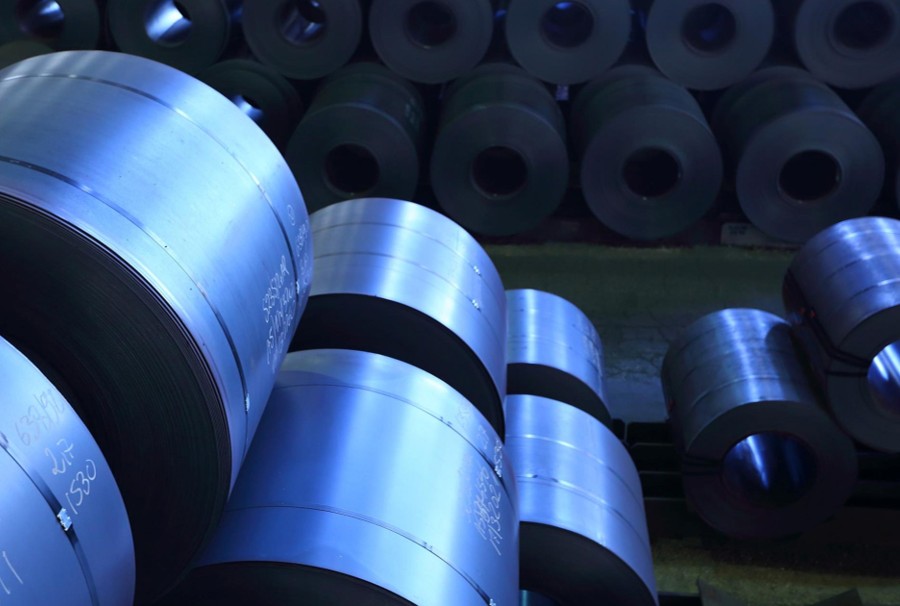Market Data

May 2, 2019
Two Trillion Dollar Infrastructure Proposal Builds Optimism
Written by Sandy Williams
Democrat congressional leaders and President Trump agreed on Tuesday to work together towards a $2 trillion infrastructure package, a breakthrough that is supported by the construction and trucking industries.
Associated General Contractors of America CEO Stephen E. Sandherr said quick action is needed to pass an infrastructure package that would fund “needed investments to aging and overburdened infrastructure and keep America’s businesses competitive.”
Sandherr issued the following statement:
“The fact President Trump and Democratic Congressional leaders agree to enact a much-needed new infrastructure measure underscores just how vital these investments are to the country’s continued prosperity and global competitiveness. Congress and the administration need to act quickly to convert this bipartisan agreement into a comprehensive infrastructure measure that will fund significant upgrades to our aging and over-burdened infrastructure.
“Once enacted, these infrastructure improvements will cut commuting times, lower shipping costs, support new economic development projects and allow our businesses to remain globally competitive for years to come. As part of our forceful advocacy for these new infrastructure measures, we have identified – through our Americans for Better Infrastructure campaign – tens of thousands of Americans of all political persuasions who expect Congress to act. Moving forward, we will encourage these Americans and our members from across the country to urge Congress and the administration to deliver on today’s promised measure.”
American Trucking Association President and CEO Chris Spear agrees and said the trucking industry is optimistic after Tuesday’s meeting. “Americans are literally wasting billions of dollars and millions of hours stuck in traffic because there has not been the necessary investment and maintenance of our nation’s roads and bridges,” Spear said. “We are encouraged to hear that President Trump, Speaker Pelosi, Leader Schumer and other key Congressional Democrats are in agreement on a ‘big, bold’ vision to invest as much as $2 trillion on our deteriorating infrastructure.
“The trucking industry is intimately familiar with the issues our nation faces due to deteriorating roads and bridges,” he said, “and we have a tool that can generate $340 billion over the next 10 years to fix our bridges and fill potholes across the country. The fuel tax is the one funding tool in the toolbox that pays for itself by users. It is the most effective, efficient and, yes, conservative, way of generating the amount of money we need to do the job.”
ATA has proposed funding the Build America Fund by increasing the fuel user fee by five cents over the next four years, generating $340 billion for investment in roads and bridges.
“Defining the scope of the problem and outlining a vision to address it is an excellent start, but action is what is needed next,” Spear said. “When these leaders reconvene in three weeks, we call on President Trump and Congress to demonstrate the kind of courage that Presidents Reagan and Clinton once did and advance an infrastructure bill with real increases in revenue – the kind of immediate funding that can only come from increasing the fuel tax.”







